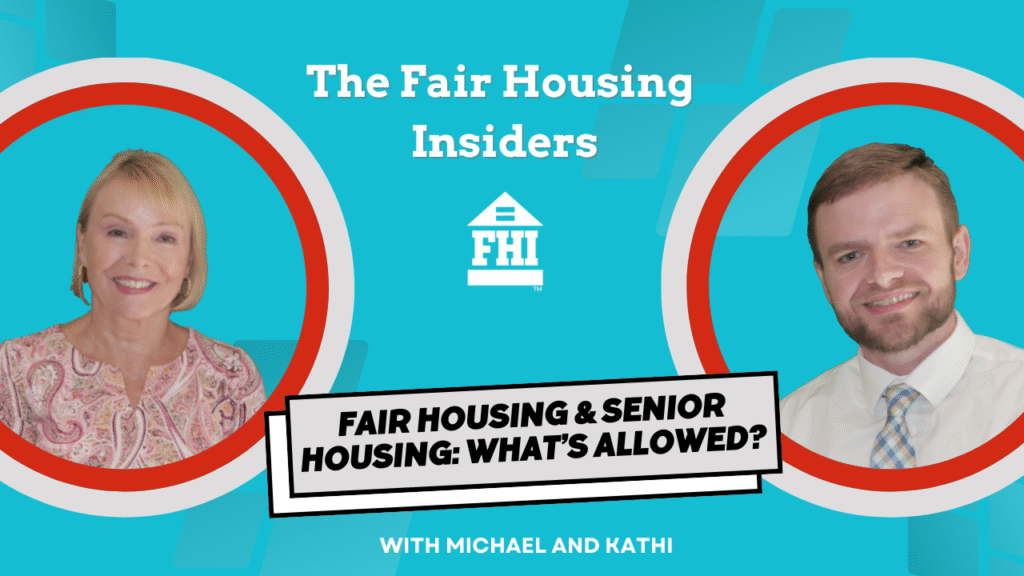Senior housing presents a unique opportunity in the property management industry, but it also comes with equally unique legal responsibilities regarding fair housing. While marketing and managing senior communities may seem straightforward, the Fair Housing Act sets very specific requirements for properties that wish to qualify as “housing for older persons.” One area that often raises questions is how to legally and effectively market the remaining 20% of units in a 55+ community.

Table of Contents
Why Senior Housing Is the Exception, Not the Rule
The Fair Housing Act generally prohibits housing discrimination based on familial status, meaning that policies excluding families with children are not allowed. However, housing for older persons is a rare exception to that rule. If a market or conventional housing property qualifies—meaning at least 80% of the occupied units include at least one person who is 55 or older—it may legally restrict residency by age.
But property managers must understand that these age restrictions apply to the entire property, not just sections of it. In other words, designating one building as “seniors only” and another as “family-friendly” on the same site is not compliant if the development is considered one property under the law.
What About the Other 20%?
Here’s where it gets complicated. Many senior housing providers wonder how they can use and market the remaining 20% of their units, which are not legally required to house someone 55 or older. The Fair Housing Act doesn’t dictate how that 20% must be used, but it does require that the intent of the community, as demonstrated in its marketing, remains focused on older adults.
This puts housing providers in a challenging position. Marketing those units to a younger demographic (e.g., 30 and older) might technically be permissible, but it could dilute the public perception of the community as senior housing. That could, in turn, threaten the property’s compliance with the “intent” requirement, which is based heavily on how the community is marketed to the public.
Planning and Legal Oversight Are Critical
If a developer wants to include both senior and general occupancy housing within the same overall development, it must be done intentionally from the start, often by legally dividing the development into separate properties under different ownership or management. Even then, careful legal guidance is essential. Missteps in structure or messaging can lead to compliance violations.
For existing senior communities, decisions about how to use and advertise the 20% of units that are not required to house older adults must be made thoughtfully. Marketing strategies should not contradict the community’s overall branding as housing for older persons. While no court has definitively ruled on the misuse of this 20%, it remains a legal gray area with significant risk.
A Balancing Act for Property Managers
At the end of the day, managing senior housing is about more than meeting the 80% threshold. It’s about maintaining consistency in your property’s identity, ensuring your advertising aligns with legal standards, and understanding the potential pitfalls of trying to maximize occupancy while staying compliant.
The takeaway for property managers? Whether you’re overseeing a senior community or advising ownership on future development, always approach age-restricted housing with foresight and caution. And when in doubt, get legal advice.
You may also like:
- A Year of Upheaval: How 2025 Impacted Fair Housing Operations
- When Should You Involve a Fair Housing Attorney?
- Holiday Guests, Assistance Animals, and Fair Housing—Are You Ready?
- Decorations, Parties & Compliance: Holiday Fair Housing Tips
- The Fair Housing Guide Part 2: Employee Responsibility Defined
